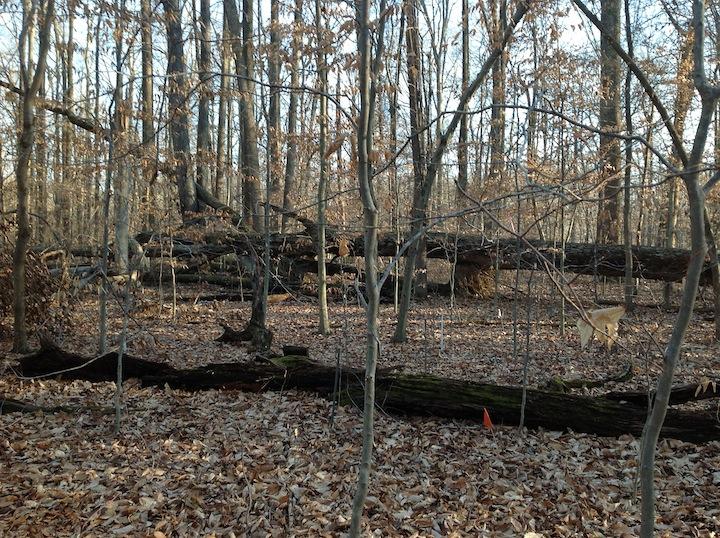Research ProjectTree Mortality
Using models to understand forest turnover
Affiliated Labs
Description
Survival data generally suffers from different challenges than growth. Although it is binary (and not very finely incremental like bole growth), the largest trees that contain most biomass, are reproductive, and generally tell the story of what it takes to make it in a forest (their allocation strategies have presumably succeeded at some level) and are rare compared to the total stem density in a site. Mortality events are rarer (the order of a percentage a year). This makes modeling, and interpreting models of mortality difficult.
We are using inverse models to infer large-tree senescence, and looking at cycles of turnover by monitoring dead wood as well as live stems. Physiological models and Evolutionary Stable Strategies will provide some additional approaches to this complex component of forest dynamics.

